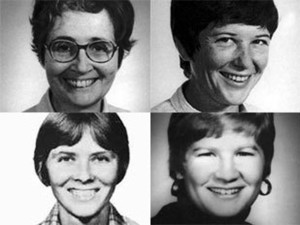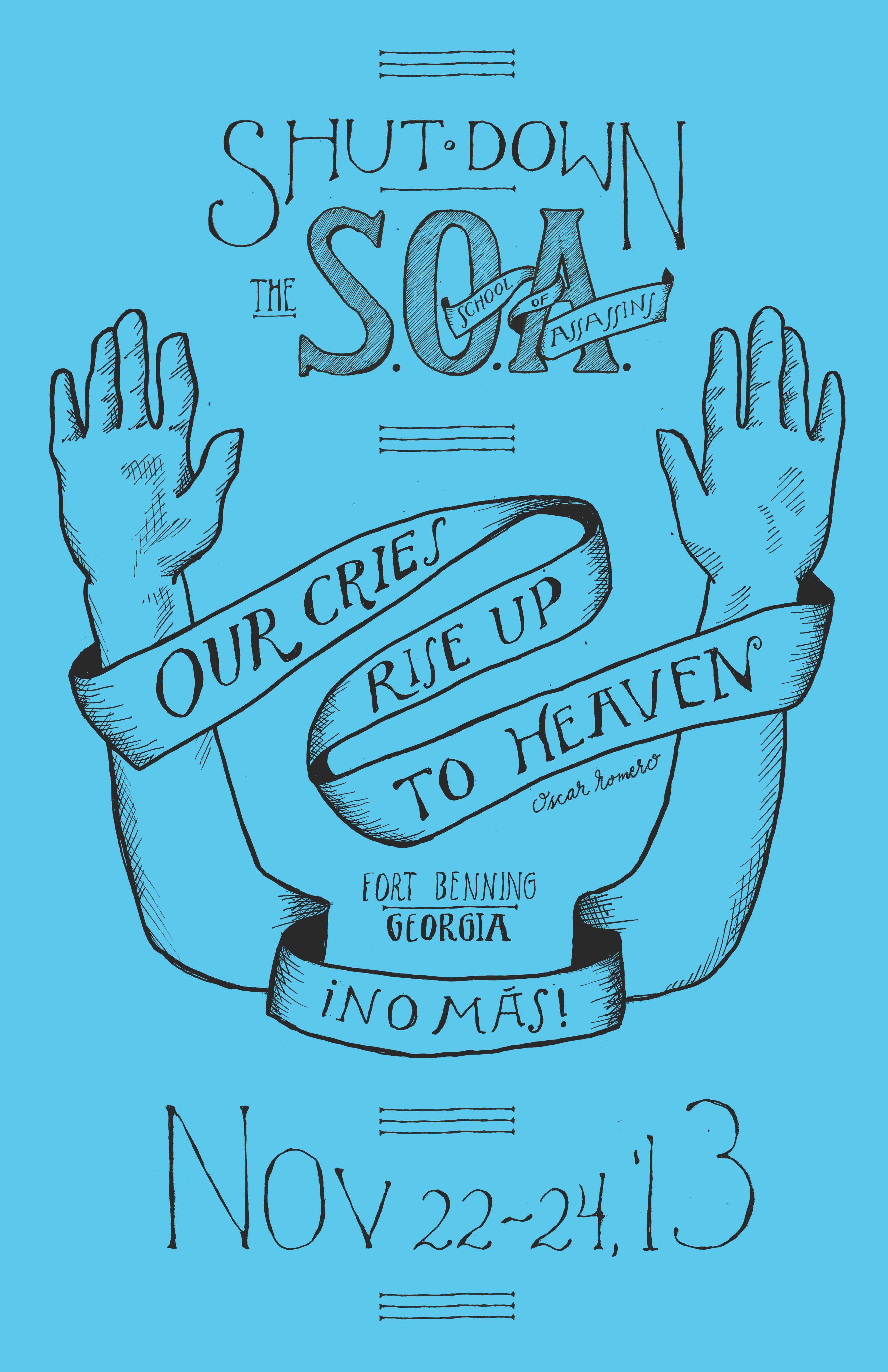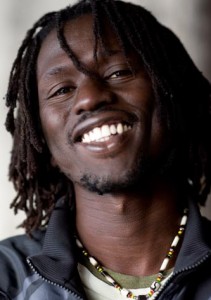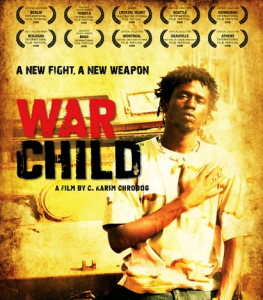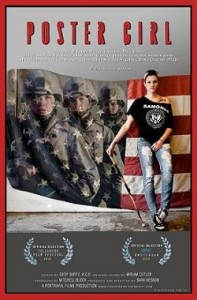On December 2, 1980, these four women joined the ranks of more than 75,000 people who were killed in El Salvador’s civil war (1979-1992). They are not saints, but I am categorizing them under “Saints and Soldiers” anyway for the confluence of their lives with American foreign policy and militarism. These Catholic women were beaten, raped and shot to death by an El Salvador government death squad. Of the five officers later found responsible for the rape and murder of these women, three were graduates of the School of the Americas, run by the U.S. military. The four men convicted of the crime later said that they were following orders from higher up, and a 1993 UN report concluded that there was a cover-up over the incident by top military and political officials in the country’s U.S.-backed regime.
An organization called School of Americas Watch has a list here of the notorious graduates from the School of the Americas and the death and terror they brought to the people of El Salvador. This is Part I of the documentary El Salvador and the School of the Americas narrated by Susan Sarandon.
The New York Times reported earlier this year that the US Justice Department ordered the deportation of retired General Carlos Eugenio Vides Casanova to El Salvador, due to his role in the rape and murder of Ita Ford, Maura Clarke, Sister Dorothy Kazel and Jean Donovan.
Maryknoll Sisters President Janice McLaughlin, MM said, “We are grateful to all those who persevered in obtaining justice in this case. Perhaps it can bring closure and healing to the thousands of Salvadorans who lost loved ones during the conflict, knowing that one of the senior persons behind the bloodshed will be called to give an account. A culture of impunity may be at an end in Salvador, but also in the United States because we were also complicit in the violence that took place in El Salvador in those years of civil war. We armed and trained the army, but also we gave asylum to some of the perpetrators of the violence, including General Casanova and he’s lived here comfortably until now.”
In the weeks before she died, Jean Donovan wrote a friend:
“The Peace Corps left today and my heart sank low. The danger is extreme and they were right to leave… Now I must assess my own position, because I am not up for suicide. Several times I have decided to leave El Salvador. I almost could, except for the children, the poor, bruised victims of this insanity. Who would care for them? Whose heart could be so staunch as to favor the reasonable thing in a sea of their tears and loneliness? Not mine, dear friend, not mine.”
Here is a brief reflection written by 92-year-old Sister Madeleine Dorsey, who knew these incredible women.
